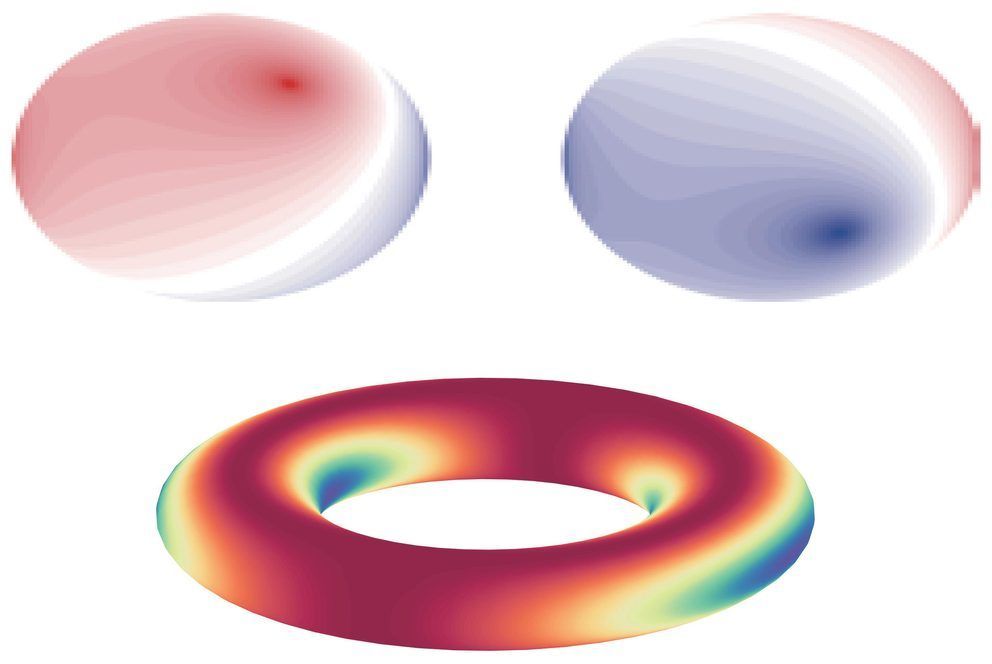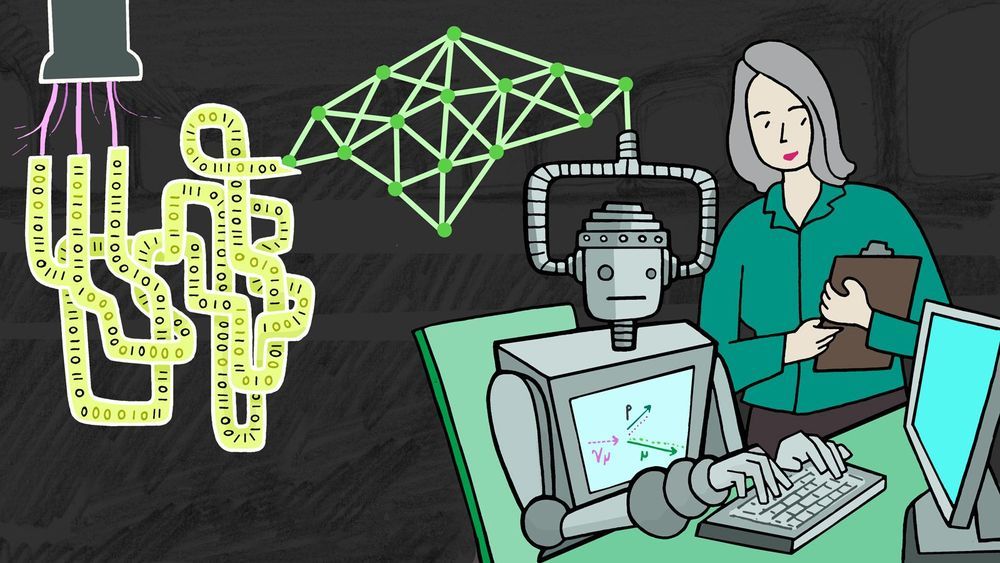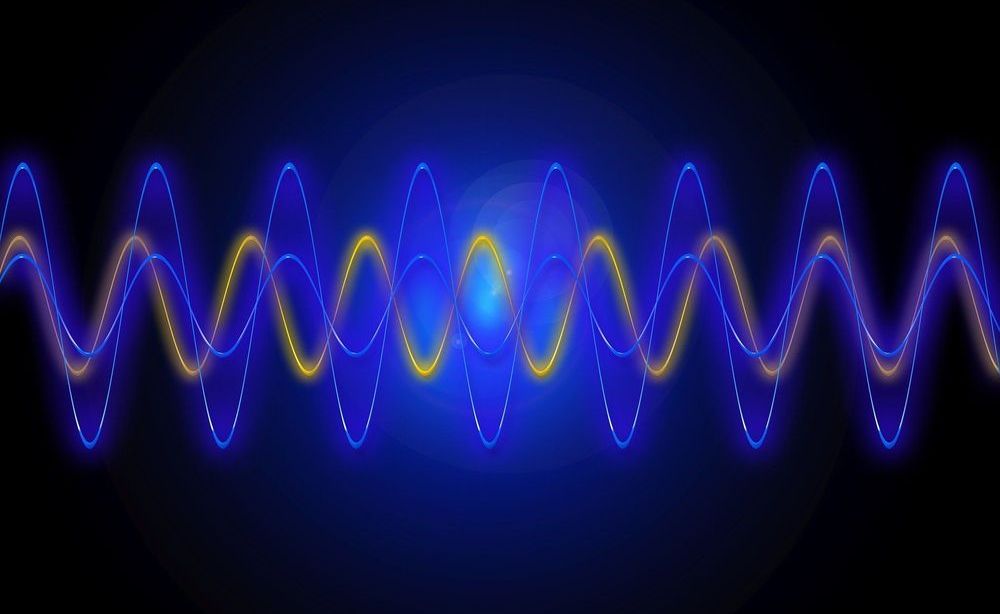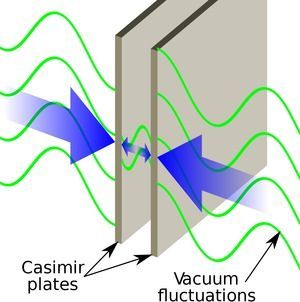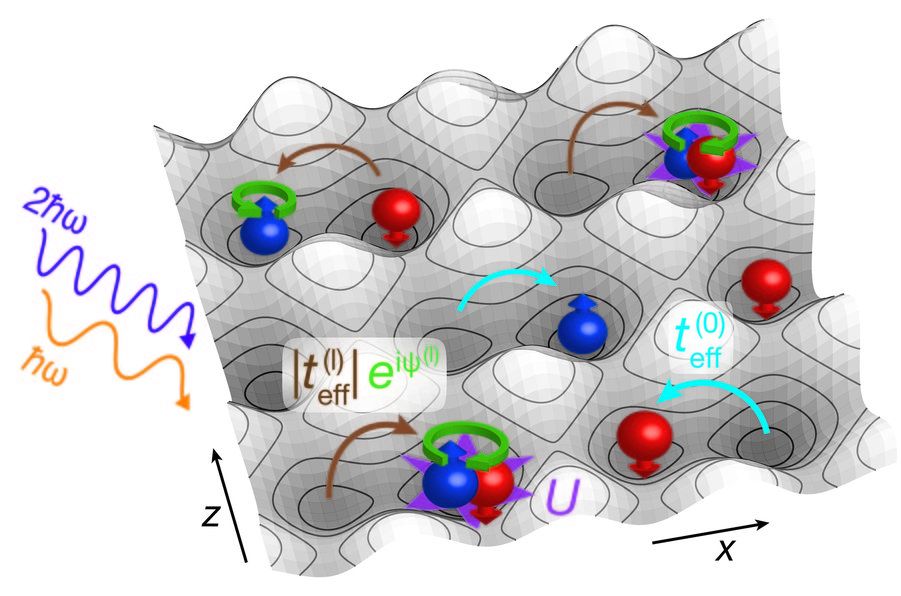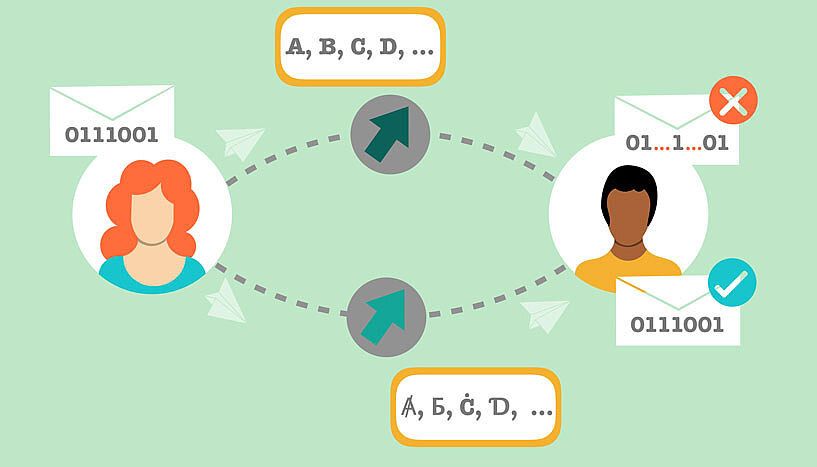Abstract: In this review-article, we discuss the consequences of the introduction of a quantum of time tau_0 in the formalism of non-relativistic quantum mechanics (QM) by referring ourselves in particular to the theory of the “chronon” as proposed by P.Caldirola. Such an interesting “finite difference” theory, forwards —at the classical level— a solution for the motion of a particle endowed with a non-negligible charge in an external electromagnetic field, overcoming all the known difficulties met by Abraham-Lorentz’s and Dirac’s approaches (and even allowing a clear answer to the question whether a free falling charged particle does or does not emit radiation), and —at the quantum level— yields a remarkable mass spectrum for leptons. After having briefly reviewed Caldirola’s approach, we compare one another the new Schroedinger, Heisenberg and density-operator (Liouville-von Neumann) pictures resulting from it. Moreover, for each representation, three (retarded, symmetric and advanced) formulations are possible, which refer either to times t and t-tau_0, or to times t-tau_0/2 and t+tau_0/2, or to times t and t+tau_0, respectively. It is interesting to notice that, e.g., the “retarded” QM does naturally appear to describe QM with friction, i.e., to describe dissipative quantum systems (like a particle moving in an absorbing medium). In this sense, discretized QM is much richer than the ordinary one. When the density matrix formalism is applied to the solution of the measurement problem in QM, very interesting results are met, so as a natural explication of “decoherence”.
From: [view email].
